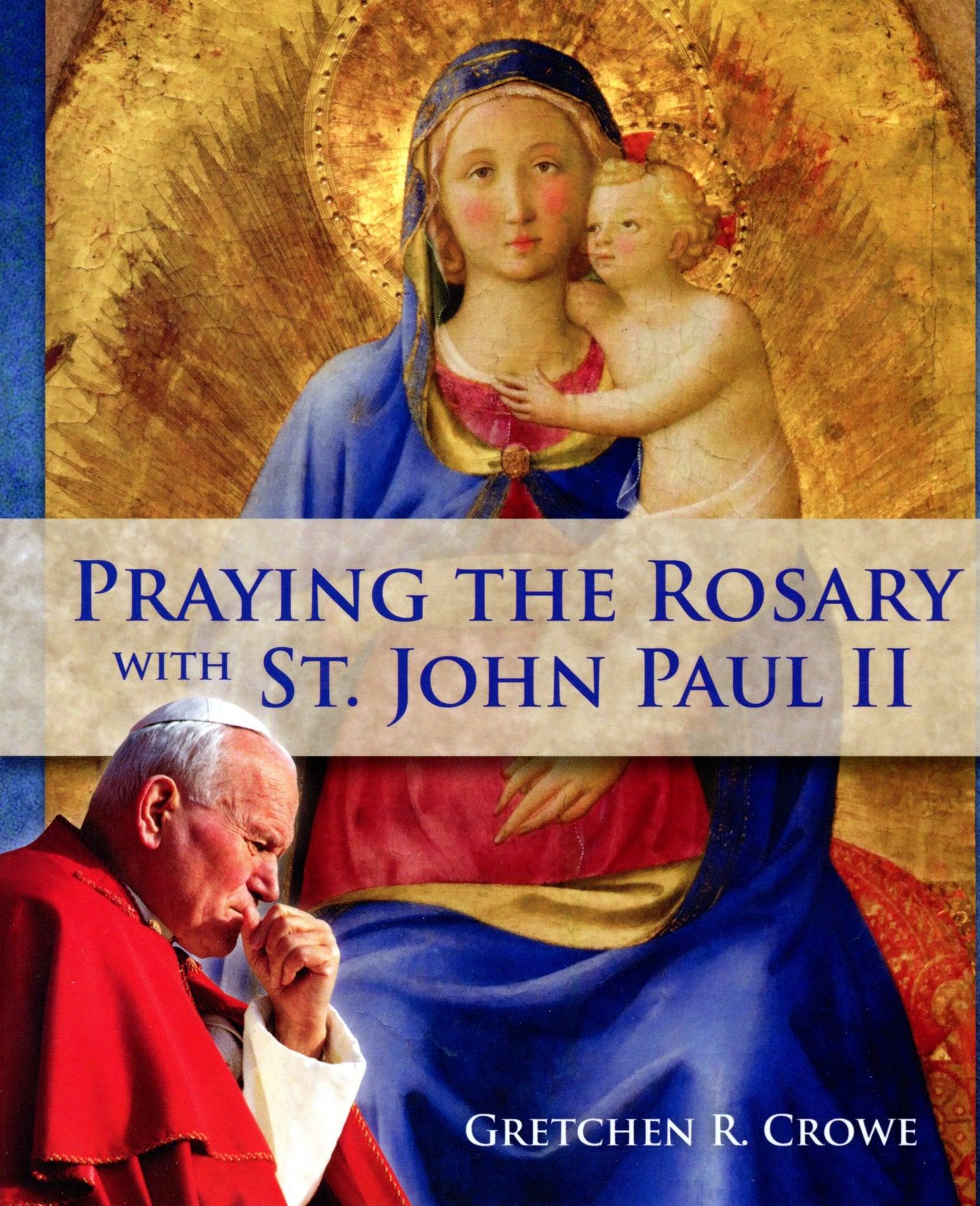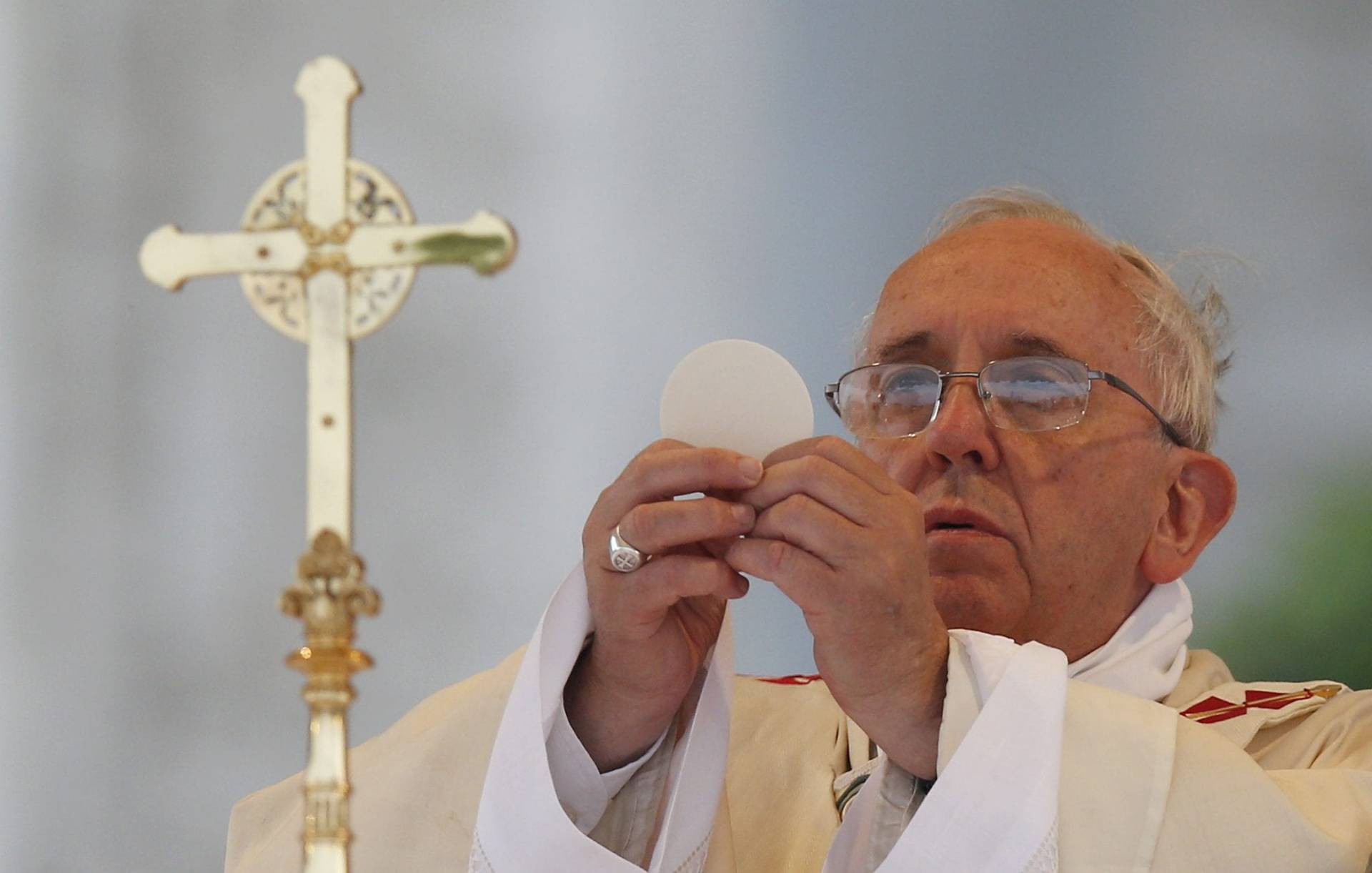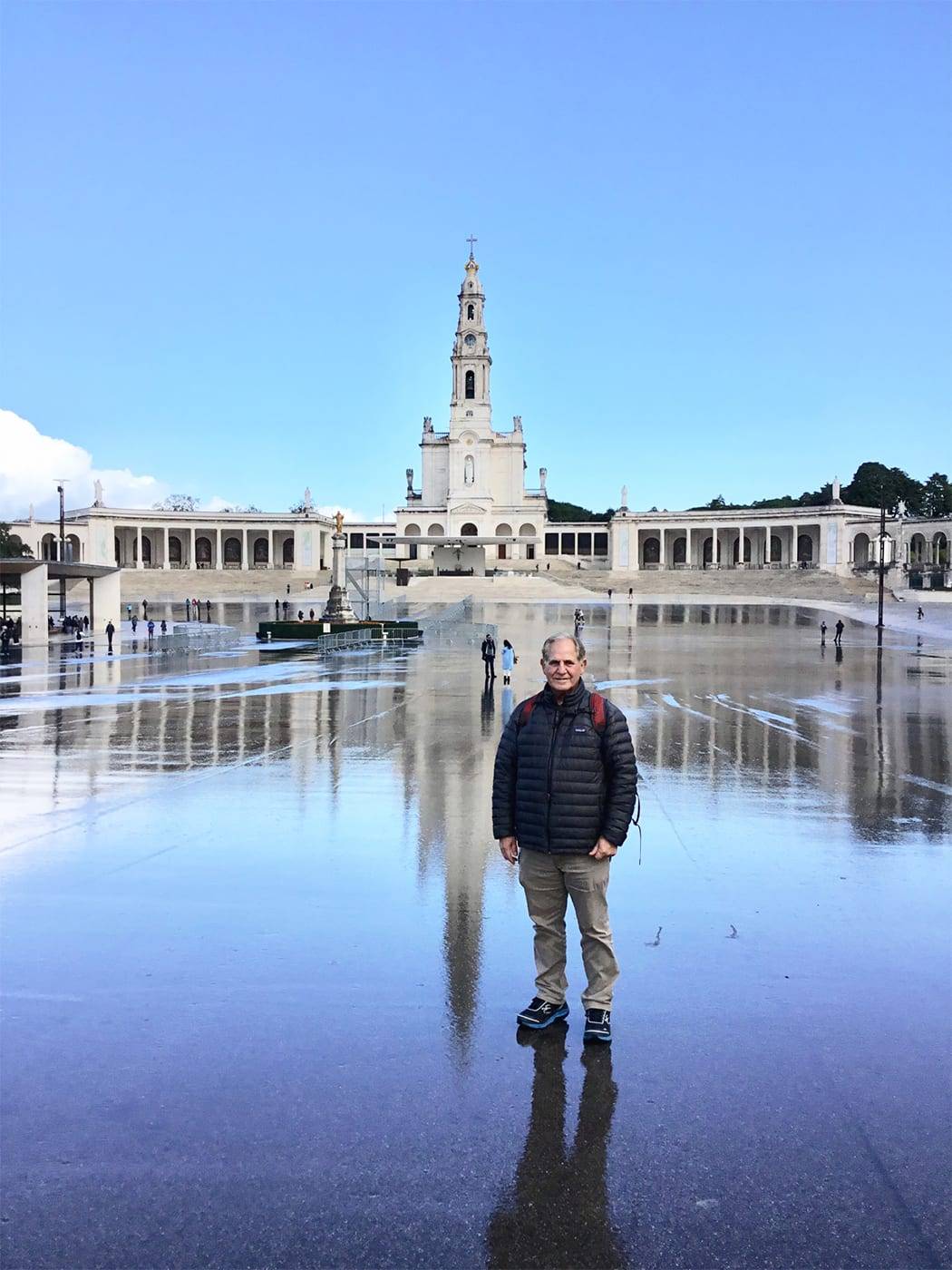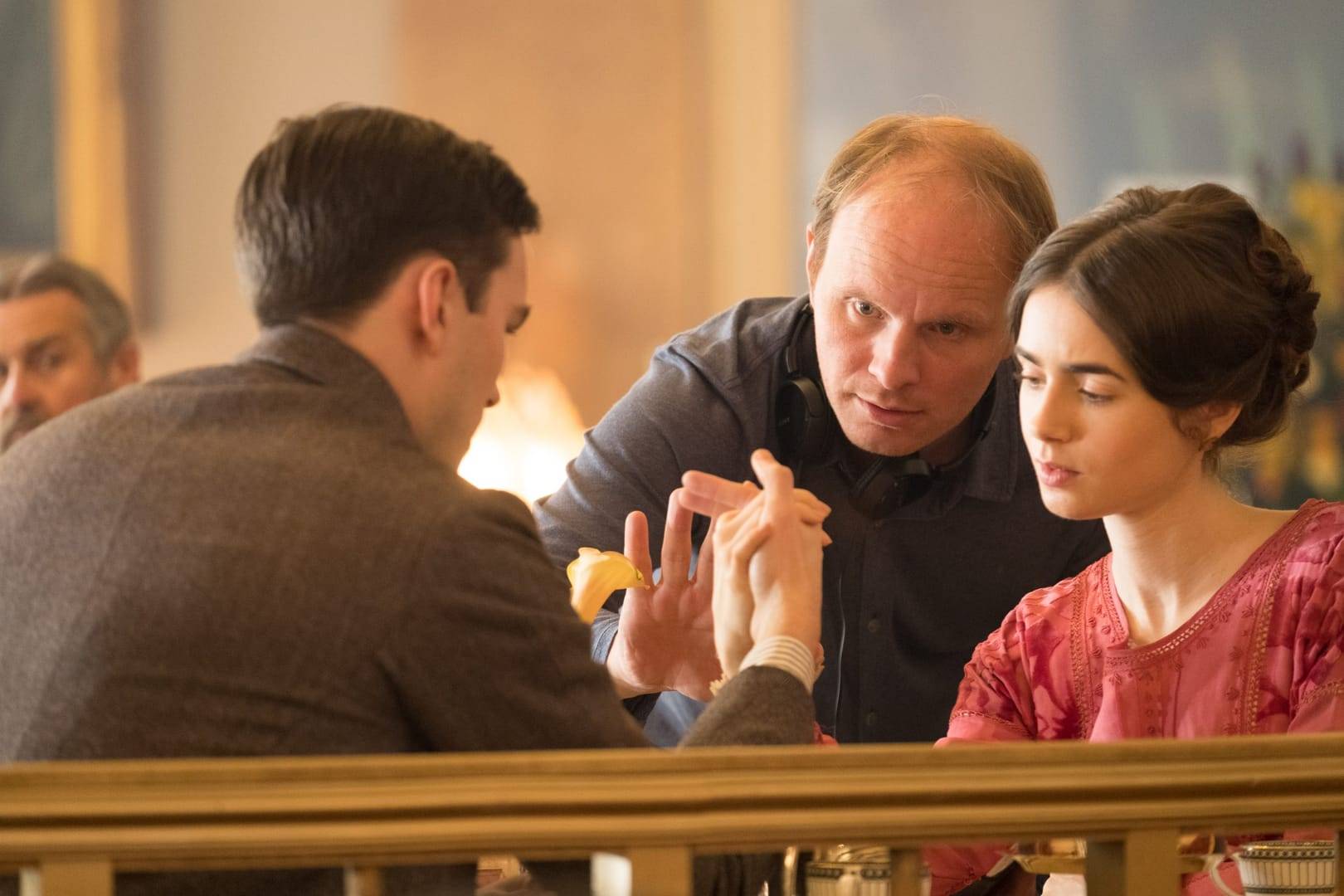On Easter Sunday, my church was festooned more beautifully than I can ever remember, with small pops of flowers — jonquils, hyacinths, hydrangea, lilies — banking the altar. Above these hung the cross and it, too, was covered with white lilies — a feat that must have required the effort of several well-protected members of the faithful.
But of course this was a day of spectacular feats, one in particular, which I’ve been taught since I was old enough to hear stories. That story over time moved in me from unquestioned credulity to deferential acceptance to outright disbelief to a kind of numb “I’ll-get-to-this-one-when-I-can” theological tolerance of a mystery that refused to yield to reason.
The death of a loved one is almost more than human beings can bear; a violent death reverberates forever. The mothers of fallen gang members tell me this. The mothers of the Kenyan students, perhaps just the day before their deaths gathered over coffee to boast of their child’s achievements and future dreams. The mothers of the teenagers slaughtered inside the death trap that Germanwings Flight 9525 became. “Yes, they should be home by lunch,” they may have been saying back on the ground. “I won’t fuss tonight. Then it’s back to normal and we will prepare for Easter.”
The deaths of innocence and beauty break something so deep in us that we have no words for it. Heartache only begins to describe the shattering sense of exile and total displacement. A world comes to an end. The familiar, bounded world where people eat together, bicker, and make up; where weaknesses are tolerated and dreams nursed along. Where we are able to be our unrepeatable, unique, precious selves, no two alike.
It is important for me to remember that this was precisely the situation in which the disciples found themselves in the days following the crucifixion. The world they had created was completely destroyed. It had been a fragile one to begin with, a community of friends bound by a quality of consciousness, a vision of love and healing that had transcended the brutal regimes of the day and had enabled them to grow into much larger selves, greater than the narrow strictures of secular and religious pigeonholes. With the Divine power of their leader sending high-voltage presence through their veins like a potent IV, all had been well.
And then it ends. Those who remain behind are victims, too. Helpless, powerless, but still standing.
When our entire world has been shattered, when you’ve lost your child, career, spouse, health, when expectations about the way things will go has been shaken at its foundations, we enter an abyss. This is where we find the followers of Jesus at this critical moment. This is where we stand.
Why had it gone so wrong? Would they survive? What now?
Look very closely at what happens next. The dead One appears. As a gardener. As a stranger on the road.
It’s God all over again — the good that has been everywhere known through the strange power of the miraculous, a radical change in reality’s rules, in surprise, in bread or disease, in dreams of angels, in burning bushes. It is God teaching the supreme lesson: healing is, first and foremost, a spiritual act.
We are always standing in the gap; we just don’t often see it as clearly as we do today. It is the gap of possibility. To those whose worlds have just been demolished, that insight may feel like a theological nicety. But Easter teaches that nothing is ever truly lost to us. The hard part of the lesson is that what has been lost won’t return in its original form. Healing and growth reside in our accepting this.
Healing is about moving into a new life, not hanging back in the old one. “Home” is not behind us; home is not in front of us. It is in our midst, in the present moment. Here. Now.
The disciples had to come to terms with what they knew about the meaning of life. They had to be very quiet, to remember the teachings, and to realize that it wasn’t all poppycock. It was Truth, which they now had to take responsibility for, to realize that they’d been granted a legacy and a task.
The New Testament is festooned with stories of healing and conversion like the Easter altar was with flowers, beginning with those who were called to follow Jesus. But today, I think that the Apostles’ most significant conversion happened after Jesus was gone. Now they had to step up to the plate, to choose whether they would walk a path of stitching together the glimpses they had received, remaining faithful to their awakened hearts, or go back to throwing their nets into the sea, nursing grief and disillusionment the rest of their lives. Healing entailed seeing that what had made them new needed to be communicated through them, so that it could come into the world.
If my reading is even remotely accurate, then healing is a surrender into the gap of possibility. There are signs there, everywhere, that will lead us from our comfortable pews into something we can as yet hardly imagine.















